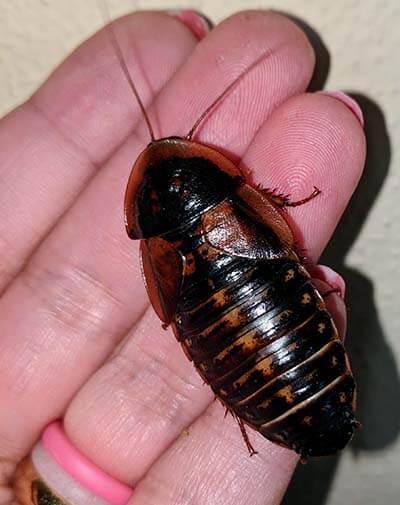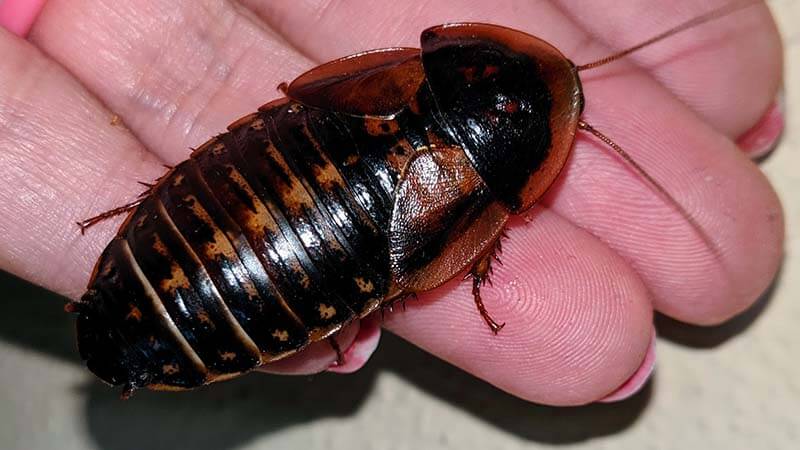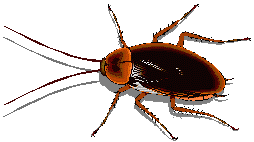
Looking for some interesting way to introduce the scientific method? Many textbooks start with a list of steps ( question, hypothesis, experiment, conclusion) of the scientific method. These steps really aren’t very representative of how biologists work.
Jane Goodall entered Gombe with a journal and the patience to observe chimpanzees and record those observations. We can’t take our students to exotic locations, but we can raise “exotics” in our classroom which can be used to model field science and science methods.
I keep a colony of Dubia roaches, originally as feeders for my bearded dragon. You can even order them on Amazon. Roaches make excellent class subjects for a variety of projects. We’ve used them in respiration labs, we’ve measured the speed at which they crawl in an intro physics class, and to demonstrate sexual dimorphism in animals.
Observe a Living Organism
I have a first day activity with these roaches that I plan to expand on this year with my AP Biology students to serve as a way to introduce scientific processes. I don’t have a guide or a worksheet or a handout, all I plan to do is give them a few subjects in petri dishes and these instructions on the board. If I can find my whiteboards, I’ll also place those on their lab tables so they can use those, but paper will also work. Overall, this activity is meant to be an icebreaker that incorporates some actual science and a “yucky” specimen.
Instructions (Written on board or overhead)

Your task is to:
- Brainstorm a list of observations regarding your specimen
- Sketch your specimen, be detailed!
- Develop 4-5 questions you have about your specimen. Write on post-it notes.
You have 1 or more animals on your desk. You may look at it, talk to it, and touch it (but don’t let it get away!).
Students will take about 15 minutes to do these tasks as a group on paper or on their whiteboard. As a class we will have a short discussion to compare all the observations, writing key ones on the board that multiple members of the class came up with. We can also showcase some of the sketches. *Students can also share their sketches on google classroom.
Driving Question Board
Finally, we will compile all of the questions onto a driving question board. The idea of “driving questions” is central to NGSS and phenomena driven lessons. This is also a good time to talk about what makes a good question. For example “how do roaches move?” is a better question than “how many legs do roaches have.” The first will require research into the type of systems the animal has and how those systems interact with each other. Give students a chance to revise their questions or add new ones.

Students will categorize the questions and decide as a class which one(s) to investigate. Categories might include: behavioral, physical, evolutionary, ecological. This really depends on the kinds of questions the students come up with. Let the students come to the front of the room and organize their post-it notes.
It may be beyond the scope of the class to answer them all, and certainly not in a day or two, but you can keep the questions posted and refer back to them when you get to a particular unit as an overall anchoring phenomenon about the study of life.

